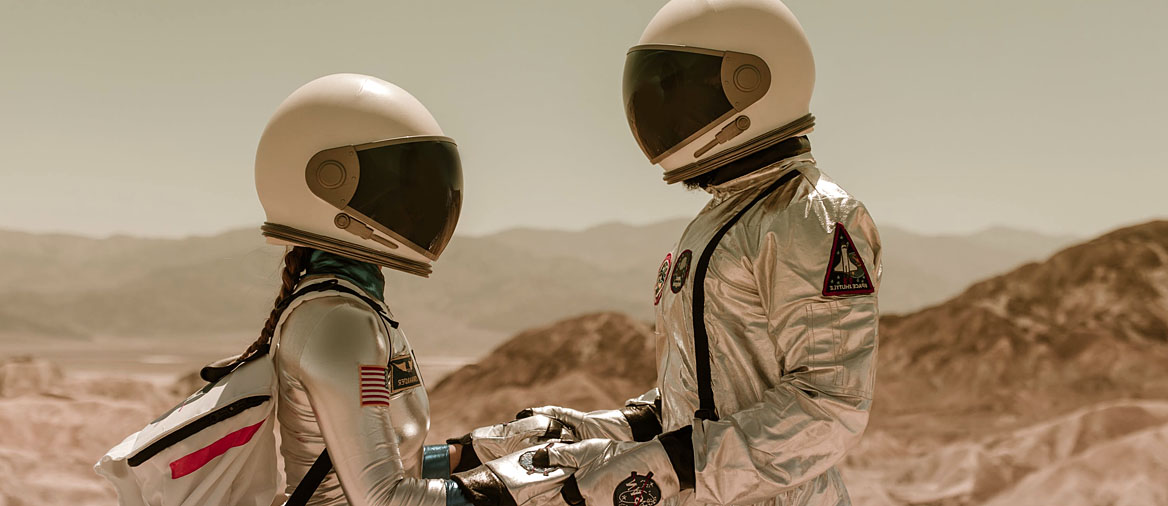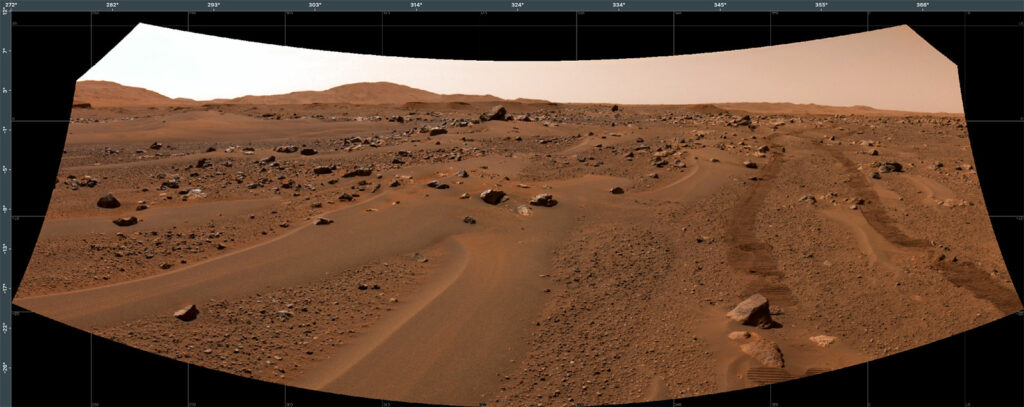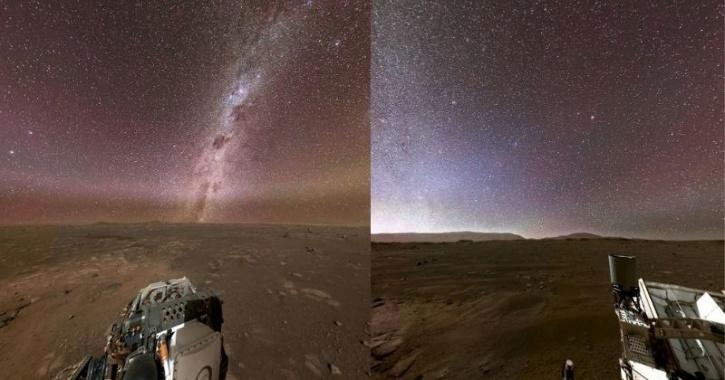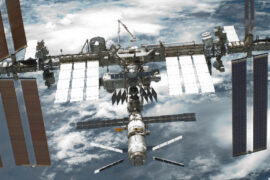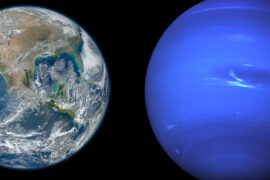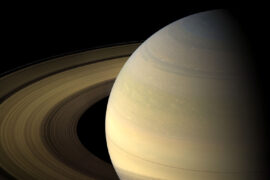With all the progress of the private space industry in recent years, it seems like the dream of exploring space could be a reality “soon”. The prices will be out of reach at first for regular citizens like you and me, but after a while, they will come down, and maybe we could be visiting other planets.
It could be possible for humans to walk on 3 planets of the Solar system besides Earth: Mercury, Venus, and Mars. These are rocky planets with solid surfaces unlike the outer planets like Jupiter, Saturn, Neptune, and Uranus that are mostly made out of gas. You would still need to find a way to protect yourself against all the other unhospitable conditions like the lack of a breathable atmosphere, burning temperatures, radiation, etc. but that’s a whole different question. Theoretically, it is possible to walk on these planets.
Every planet is very different from one another. They are made of different materials, have different temperatures, atmospheres, etc. So in order to understand how could we walk on these planets we have to take a look at them individually.
Walking on Mercury
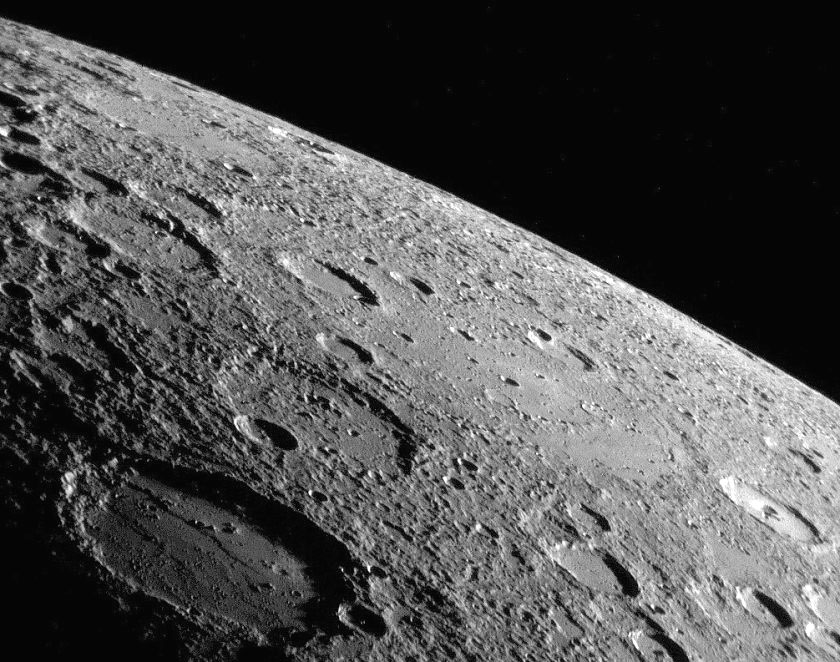
Mercury has a solid surface filled with craters created after meteor impacts. You would see mostly an endless landscape of grey and brown rocks, and dust.
In Mercury, walking would actually be closer to jumping, because the gravity of the planet is only about 38% of Earth’s gravity. Every step you’d take would propel you a few feet forward and it would actually be more efficient and safe to hop like a bunny instead of taking regular steps. This is the same technique astronauts used to walk on the Moon where the gravity is very similar to what you would experience on Mercury.
From the surface of the planet, you would see the Sun about 3 times as large as how we see it on Earth, and it would be blinding, so don’t forget to pack a good pair of sunglasses.
The light still wouldn’t be the worst of your problems, as you would need a suit to survive the extreme temperatures that go from 800 degrees Fahrenheit during the day to -290 degrees Fahrenheit at night. Then there’s the problem of the lack of atmosphere, so you will also need to bring your own oxygen to be able to breathe.
Walking on Venus
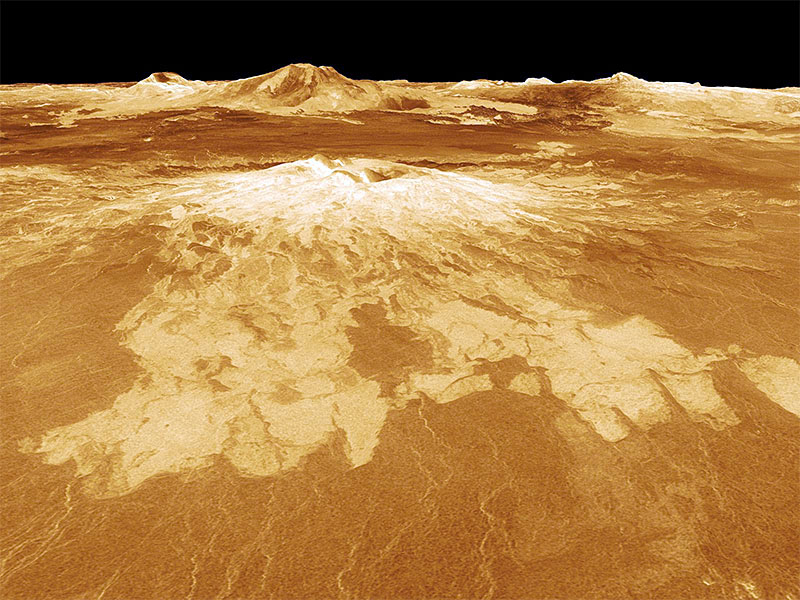
Venus is very similar to Earth in terms of size, so walking on this planet would feel very similar to walking here.
The surface of Venus has mostly red, orange, and brown tones that go really well with its extremely high temperatures. Venus is the hottest planet in the Solar system because the heat is trapped in its dense atmosphere due to a greenhouse effect. The temperatures on the surface can reach 900 degrees Fahrenheit, enough to even melt certain metals, so you would need a spacesuit that could somehow withstand these harsh conditions.
As for the landscape, most of Venus is full of desolated plains that would look like they have no end. This is where your base would most likely be located because the rest of the planet is full of giant volcanoes and deep craters.
Standing on Venus would also feel like being one kilometer deep (3,200 feet) in the bottom of the ocean due to the atmospheric pressure so the spacesuits would also need to be able to account for this. For comparison, the best diving suits we have on Earth can only withstand about two-thirds of that pressure.
Walking on Mars
Out of all the planets in the Solar system, Mars would be the easiest one to walk on. That’s not to say the challenges aren’t huge, but there’s a reason why we have set our sights on Mars as the first planet to send a manned mission to.
Mars is smaller than Earth. This means the gravity your body would experience standing on its surface would be a lot smaller. On Mars, you would weigh about one-third of what you weigh here on Earth. This would mean, that just like walking on the Moon, or in Mercury, every step you’d take would launch you up and forward quite a bit. Hopping lightly would be a much better way to move around to avoid constant falls.
Mars has many valleys, canyons, deserts, craters, and basins. Its surface is full of interesting landscapes.
At night, thanks to the planet’s thin atmosphere and zero light pollution, you would see an incredibly beautiful sky with thousands of stars that you would see just with the naked eye.
Depending on where you stand on the planet, you could also see Phobos and Deimos, the two Martian moons.
Thanks to all the probes that we have sent to Mars, like the Perseverance, we have a pretty good idea of how the Martian landscape and sky look like. Take a look at the photos below that have been sent by this rover so you can get a better idea of how it would be like to walk on Mars.
Are there other planets outside the Solar System humans could walk on?
Yes. The search for exoplanets (planets outside the Solar system) has led us to the discovery of multiple planets that could have similar terrestrial characteristics to those of Earth or Mars. In fact, a few of them could even be in the habitable zone, or goldilocks zone of their respective star systems, which means they could be candidates to potentially be able to support liquid water, and therefore, support carbon-based life.
Exoplanets are so far away that it is really hard to identify their composition with complete certainty, but there are currently more than 35 candidates that could fit the criteria.
The closest and likeliest candidate is Proxima Centauri b, a planet located in the smallest of one of the three stars in our neighbor star system, Alpha Centauri. We have a whole article on the planets that have been found in Alpha Centauri if you want to know more.
Summary
- In the Solar System, it would be possible for humans to walk on the terrestrial planets: Mercury, Venus, and Mars.
- There are other terrestrial exoplanets that humnas could set foot on.
- It would not be possible for us to walk on the gas giants like Jupiter and Saturn, or in the ice giants like Neptune and Uranus because they are made of gas.

